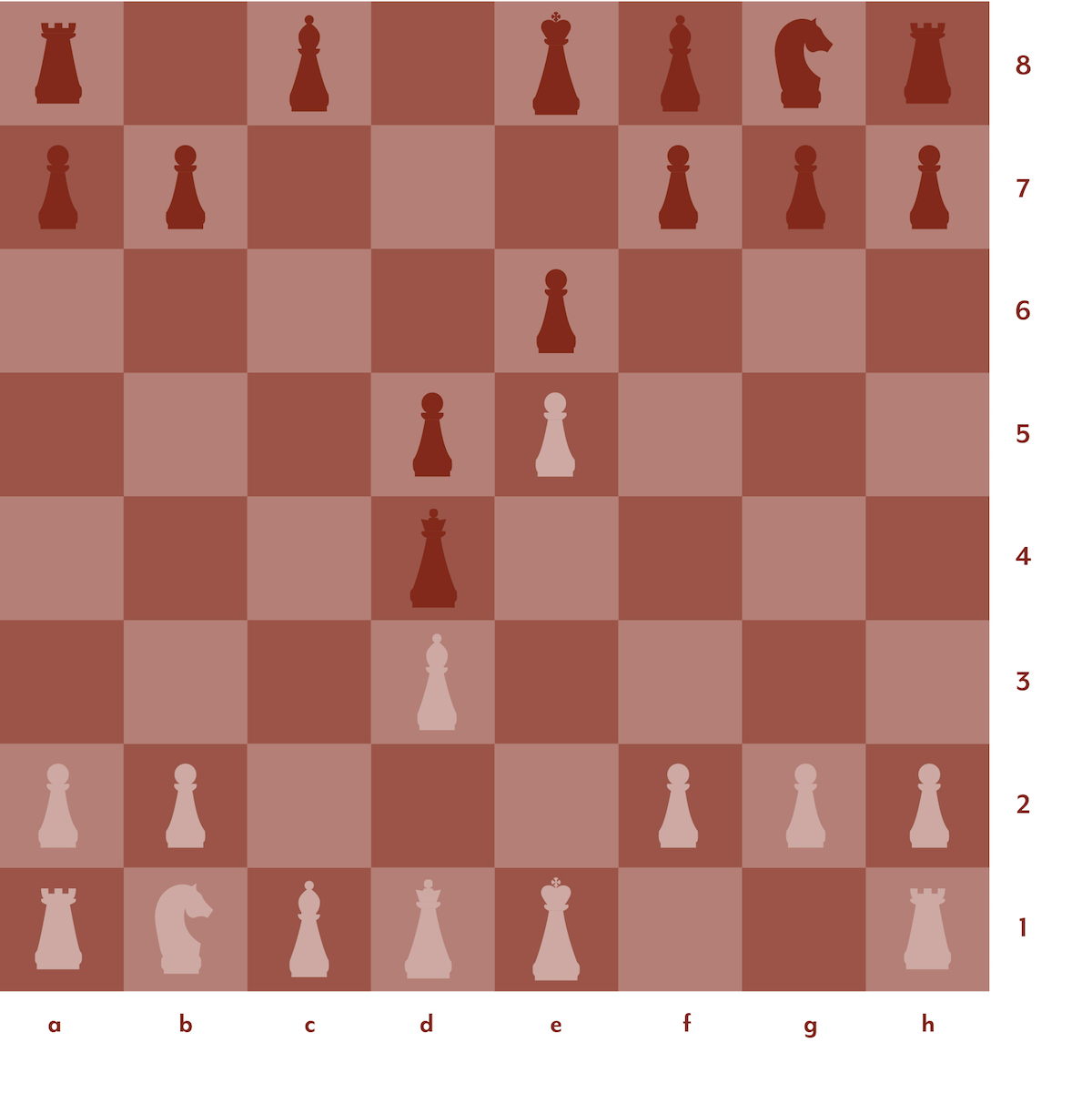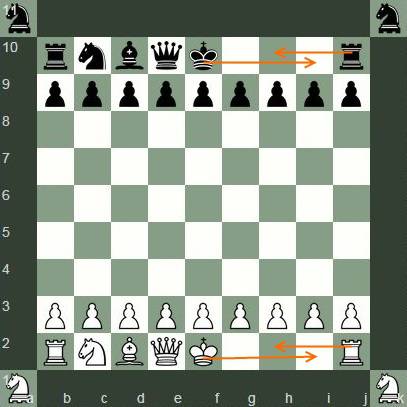


Now the rook jumps over the king and lands right next to his king on d1. The king is moved two squares towards the rook, ending up on c1. Since there are three squares between rook and king, it is unsurprising, that this variant is called the long castle.įrom the perspective of White, the king stands on e1 and the rook on a1. Castling Short Castling Long: ExplainedĪ long – or queenside – castle is performed by the king together with the rook on the a-file. It is called the kingside (or short) castle, as the king castles together with the rook that is closer to him. Castling Short: ExplainedĪ short – or kingside – castle is done together by the king and the rook on the h-file. Since there are two rooks, we have to different ways to castle: short and long – or “kingside” and “ queenside“. The rook jumps over the king and gets placed directly next to it.The king moves two squares towards the rook.
#Castle move in chess free
If all those preconditions are met, you are free to castle your rook and king! But how exactly do we do that? The squares between king and rook are unoccupied.No square the king would castle through is under attack.The king and (castling) rook have not yet moved in the game.Firstly, let’s look at what requirements need to be met for a player to even be allowed to castle: We’ll break them down into really easy-to-understand concepts. The castling rules might seem a bit overwhelming at first, but don’t worry. Castling is known as a “double move” in chess, in which a player moves both the king and rook simultaneously. Castling in Chess: Everything You Need to KnowĬastling is one of three special moves in chess, besides the pawn promotion and capturing en passant.


 0 kommentar(er)
0 kommentar(er)
